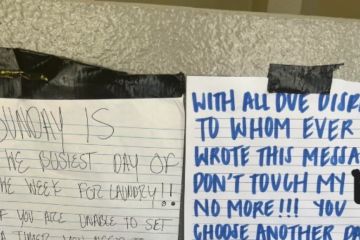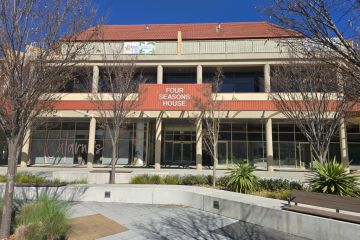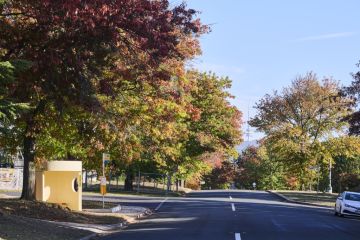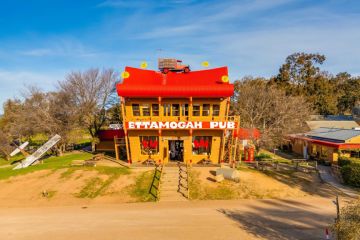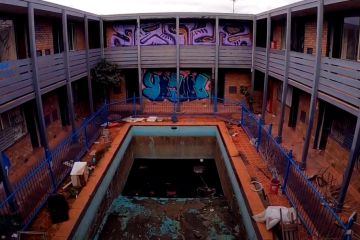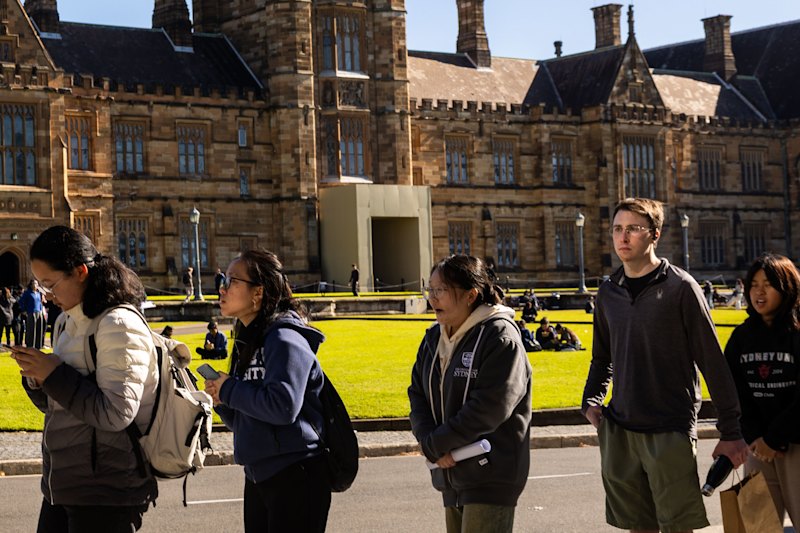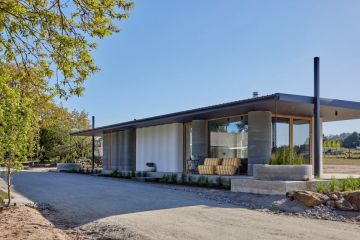The 10 Victorian postcodes where investors would suffer if negative gearing was changed
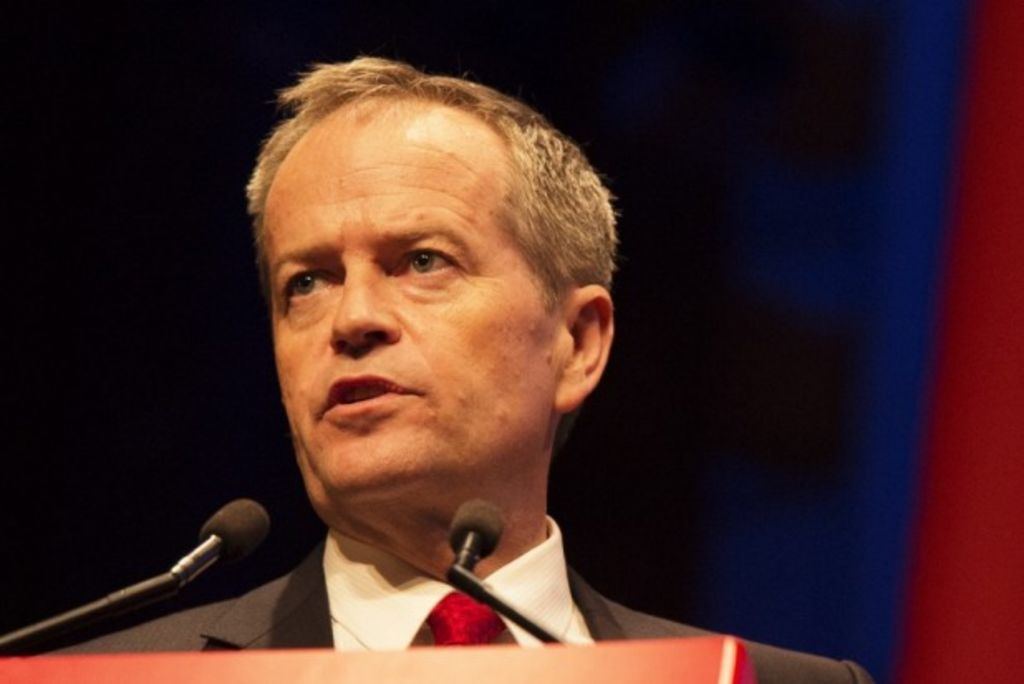
Investors in humble suburbs could be worse off under proposed government changes to negative gearing, a peak real estate body says.
Across Melbourne and regional Victoria, 304,000 investors negatively gear, according to the Property Council of Victoria.
On Saturday, opposition leader Bill Shorten announced an election plan to scrap negative gearing on existing homes, applying it only to newly-built dwellings.
Prime Minister Malcolm Turnbull is considering tax reform in May’s Federal Budget that would include capping the use of negative gearing.
A snapshot of the top 10 Melbourne areas where investors negatively gear, from the Property Council of Victoria, reveals many own in blue-collar postcodes in outer regions, including Werribee, Burnside, Tarneit, Sydenham, Rowville and Craigieburn.
The suburbs are ranked by the number of investors.
Property Council of Victoria executive director Jennifer Cunich said 73 per cent of investors have only one property in their portfolio.
“Our data collection tells us that the vast majority of those earn around, or under, $80,000 per annum,” Ms Cunich said.
“We have some key professions from the Australian Taxation Office stats – the types of workers we are talking about are emergency services workers, teachers, child carers and nurses.
“I think there are a couple of motivations – one might be ‘we can get a tax break and negatively gear’, but I think now, for the majority, it’s a foothold in the market and they can use that to maybe, one day, have enough equity to purchase a property in the area in which they work.”
Top ten towns and suburbs where investors use negative gearing (Source: Property Council of Victoria):
- Werribee and Point Cook: 5625
- Glen Waverley: 4060
- Tarneit: 3655 Burnside: 3565
- Berwick: 3205
- Sydenham and Hillside: 3040
- Rowville: 2785 Ballarat: 2765
- Highton: 2645
- Mickleham and Craigieburn: 2582
Ms Cunich said rental supply near to job centres was critical.
“We are trying to get more density in the middle ring, so if people work in the city, or are in fact nurses in hospitals or teachers in schools, that they are living close enough to it,” she said.
“If you are relying on a new development in urban growth areas, then you are putting people 40km or 50km from the CBD with no infrastructure.
“If we are trying to get medium density in the middle ring, in and around train stations, and then have rental properties there for young workers in the city, then we had better get the planning system right and we have to get the community’s objection to density under control.”
Shorten told the New South Wales ALP conference on Saturday that working and middle-class Australians had been priced out of the housing market.
“We’re doing this because 30 years ago, houses cost around 3.2 times average income; today it is 6.5 times average income,” Mr Shorten said.
“Labor will help level the playing field for first home buyers competing with investors and we will put the great Australian dream back within the reach of the working and middle-class Australians who have been priced out of the housing market for too long.
“Under a Labor Government, the family home will always be 100 per cent capital gains tax-free and these two reforms that we announce today will save $32.1 billion and help put fairness back into the housing market.”
We recommend
We thought you might like
States
Capital Cities
Capital Cities - Rentals
Popular Areas
Allhomes
More
